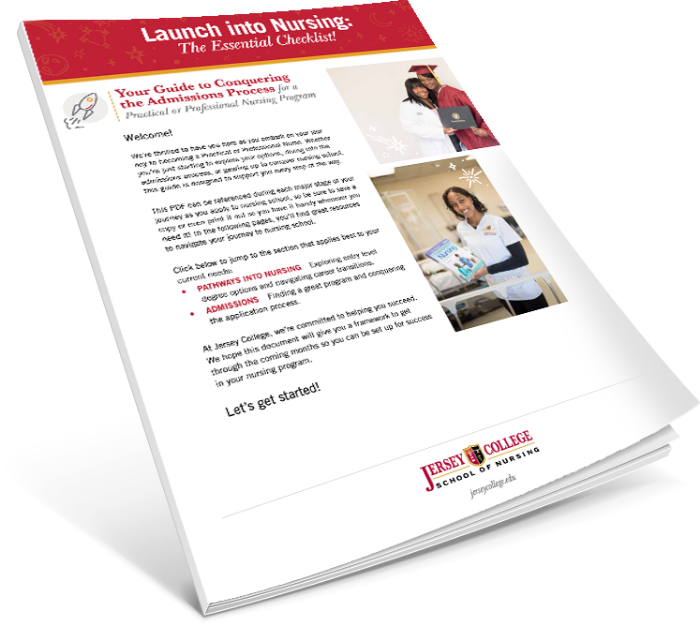
Nails in Nursing: Guidelines, Regulations, and Modern Options
Why Artificial Nails Are Discouraged in Nursing
Artificial nails (including acrylics, gels, and dip powder nails) have long been discouraged in nursing due to their potential to harbor bacteria and impede proper hand hygiene.
The World Health Organization (WHO) Guidelines on Hand Hygiene in Health Care (2009) identify artificial fingernails as an important risk factor, associating them with changes in normal flora and hindering effective hand hygiene. Studies have shown that longer fingernails and wearing rings are associated with increased numbers and species of organisms on hands. Specifically, the area under the fingernails can collect large amounts of harmful bacteria and fungi.

FREE Essential Guide to Nursing School: Get Accepted, Survive, and Thrive!
US Health Regulations on Nails in Healthcare
In the United States, healthcare organizations often follow guidelines set by the Centers for Disease Control and Prevention (CDC) or the World Health Organization (WHO). The CDC guidelines state that healthcare personnel should not wear artificial nails and should keep natural nails less than one quarter inch long if they care for patients at high risk of acquiring infections.
Many healthcare facilities have expanded these guidelines to prohibit artificial nails, nail gels, and gel colors for all direct care providers to ensure patient safety. The Joint Commission, which accredits healthcare organizations, supports these guidelines and encourages facilities to develop and enforce their own nail care policies.

Sign up to get new articles in your inbox and stay updated on our nursing programs.
Modern Nail Technologies in Nursing
While traditional acrylic nails are generally prohibited, some modern nail technologies may be more suitable for healthcare settings, though policies vary by institution. Let's explore some options:
Gel Nails
Gel polish provides a thick, protective layer that can help strengthen natural nails. It's cured under UV or LED light, resulting in a durable, chip-resistant finish. However, the use of UV light and potential difficulty in removal may still make it unsuitable for some healthcare settings.
Dip Powder Nails
Dip powder nails involve applying pigmented powder over the nail and sealing it with a clear topcoat. This technique is known for its durability and doesn't require UV light for curing. However, like gel nails, it may still be prohibited in many healthcare facilities due to its thickness and potential to harbor bacteria.
Best Practices for Nail Care in Nursing
To maintain proper hand hygiene and comply with regulations, nurses should follow these guidelines:
- Keep nails short: Trim nails regularly, keeping them no longer than 1/4 inch beyond the fingertip.
- Avoid artificial nails: This includes acrylics, gels, and dip powder manicures.
- Skip nail polish: Chipped nail polish can harbor bacteria.
- Clean under nails: Scrub the undersides of nails with soap and water every time you wash your hands.
- Moisturize: Use hand lotion to prevent dry, cracked skin that can harbor bacteria.
While modern nail technologies like gel and dip powder nails offer attractive options for long-lasting manicures, they are often not suitable for nursing and other healthcare professions.
The priority in healthcare settings is to maintain the highest standards of hand hygiene to ensure patient safety. Always check with your specific employer or nursing school for their nail care policies, as they may vary between institutions. Remember, clean, short natural nails are the safest option for healthcare professionals.
Find Your Campus
Based on the success of our programs, we have grown to serve communities in 7 states (and counting!). Find a campus near you to start your NurseLife.

FREE Essential Guide to Nursing School: Get Accepted, Survive, and Thrive!
